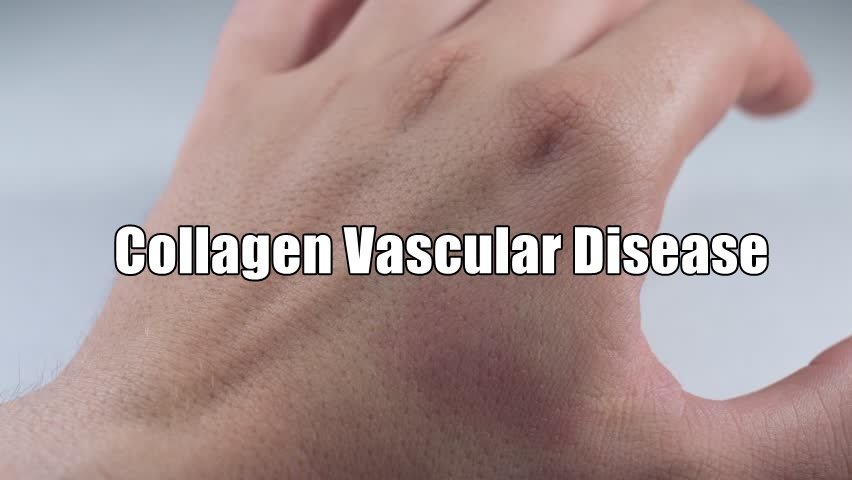Michael Go, MD, a vascular surgeon explains the basics of the collagen vascular disease, including common symptoms. Dr. Go also describes Ohio State’s expertise in detecting and treating the vascular disease to improve lives for individual patients.
Collagen Vascular Disease
Everybody knows what a heart attack is. But the same condition that causes a heart attack, atherosclerosis or hardening of the arteries, actually affects not just the coronary arteries but the blood vessels throughout the body. It’s very common for them for that process to affect the vessels of the legs. If you have a blockage in blood flow to the legs you can get pain in the legs when you walk, kind of like a leg attack, you know, which would be analogous to a heart attack.
End stages
In its end stages, patients can get sores that don’t heal in the feet. We call it gangrene as a result of blocked arteries to the foot. It’s the same process as heart disease, just different blood vessels in the body. It’s different than the stages of fibromyalgia.

Collagen Diseases
Historically, a heterogeneous group of acute and chronic diseases including rheumatoid arthritis, systemic lupus erythematosus, progressive systemic sclerosis, dermatomyositis etc. This classification was based on the notion that ”collagen” was equivalent to ”connective tissue”, but with the present recognition of the different types of collagen vascular disease, and the aggregates derived from them as distinct entities.
The term ”collagen diseases” now pertains exclusively to those inherited conditions, in which the primary defect is at the gene level and affects collagen biosynthesis post-translational modification or extracellular processing directly.
Earliest Stage
So the most common and earliest stage of symptomatic lower extremity collagen vascular disease is what we call claudication. Typically that’s described as cramping of the muscles below the level of blockage. So if you have a blockage in the pelvic or hip area a patient might have cramping in the thighs when they walk longer distances or walk upstairs. If you have a blockage in the thigh or at the knee level you’ll get cramping of the calf and that’s called claudication.
Cramping
Typically the cramping is associated with walking, or walking briskly, walking up a hill or walking up flights of stairs because that’s when the muscle is being exercised. It’s demanding more blood flow. The heart cannot pump the blood down there because of blockages. If you have nighttime cramping often that’s more related to other things – electrolyte abnormalities, very commonly dehydration. So nighttime cramping not necessarily.
Stop Smoking
The most important things are what we call risk factor modification – stopping smoking, making sure that cholesterol levels are controlled, blood sugar is controlled in diabetics and blood pressure is controlled. After that, we have some medications that help to improve the distance a patient can walk before they get symptoms.

Procedures
And finally, if the symptoms are severe enough we go to procedures. We can do minimally invasive procedures such as angioplasty and stent that don’t require operations or incisions. If necessary we can also do bypass surgeries of the leg, again analogous to a bypass surgery of the heart where we surgically run a bypass around the blocked blood vessel in the leg.
Collagen Vascular Disease Diagnosis
Here at Ohio State we really pride ourselves on our multidisciplinary approach to the treatment of vascular disease. Vascular disease is a condition that requires the expertise of medical doctors, surgical doctors, and interventional doctors. And here we can provide a one-stop shopping experience for patients with collagen vascular disease to get all of the treatments they need from all of the involved specialties.
References
- Michael Go, MD,
Surgeon at The Ohio State University
Wexner Medical Center’s Heart and Vascular Center
2. Cecil Textbook of Medicine 19th ed, p1494
This is just for educational purpose. Please consult your doctor before taking any medications based on research.
Feedback
Let us know about your fibromyalgia stage? Leave your comments below.
Therefore, You can join our community by clicking the links below on Facebook:
Facebook Page
Facebook Group




I’ve been suffering from extremely painful legs since childhood. I’ve been diagnosed with Fibromyalgia, Lupus, RA and many other Diseases.
I’ve had a Stroke from Blockages in my Carotid Arteries. Two CarotidEndarectomies. Then a Stent where a Top Specialist said, my veins are the size of an infant.
I’ve had high Triglycerides and Cholesterol that’s uncontrollable and inherited. One Doctor said, my very low cholesterol is higher then my low Cholesterol.
I am currently at 94 and 80 % blockages with Critical Level Stenosis in my Carotid Arteries.
I was transferred to WVU and told it is “too risky to operate”. Then sent home with no additional treatment. I’ve never been diagnosed with Collagen Vascular Disease!! Sounds like this is what I have??
Pingback: Fibromyalgia Natural Treatment in 3 Steps - Fibromyalgia Women